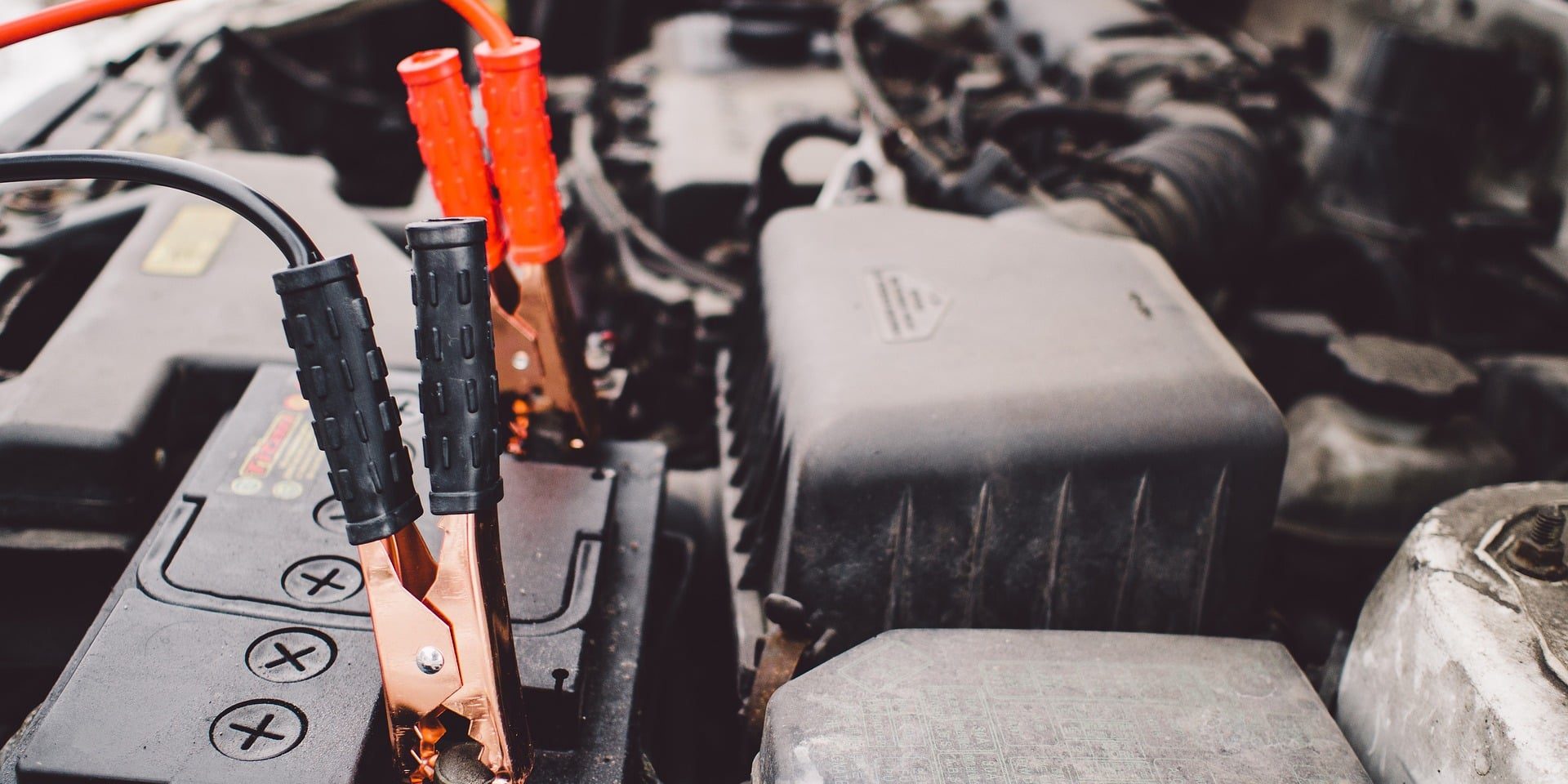A Guide to Charging Your Car Battery: How Long Does It Take and What To Look Out For?


Charging a car battery can be a daunting task, especially if you don’t know the basics. This guide will provide you with all the information you need to know about charging your car battery, from how long it takes to complete the process to looking out for any potential problems. Whether you’re an experienced car owner or a first-time user, you’ll find this guide invaluable in ensuring your car battery is fully charged and ready for use. With the help of this guide, you’ll be able to save time and money in the long run, and make sure your car is always running smoothly.
What to Consider Before Charging Your Car Battery
There are a number of factors to consider before charging your car battery, including your vehicle type, the battery type and condition, and the charging environment. The type of car you own will determine the charging process you follow, so it’s important to know the basics. For example, if you have a hybrid car, it’s recommended to charge the battery with frequency, as it has a limited gas-powered engine and doesn’t use the battery as much as other cars.
Another important factor to consider is the condition of your battery. Batteries begin to lose their charge as soon as they’re manufactured, so it’s important to check your battery condition regularly. Batteries can also become damaged if they’re not installed correctly, so it’s important to follow the installation instructions to the letter.
How Long Does it Take to Charge a Car Battery?
The amount of time a car battery takes to charge depends on the type of battery and charger you use, as well as the battery’s current state of charge. For example, if your car battery is completely discharged, it will take a lot longer to charge than a battery that is only partially discharged. The best time to charge your car battery is in the morning. This will allow the battery to be fully charged and ready for use when you leave for work or college. If you charge your battery in the evening, it may not have enough time to fully charge, and be ready for use in the morning.
What Are the Different Types of Car Battery Chargers?
There are a number of different types of car battery chargers on the market, but they can be broken down into two main categories; automatic and manual. Automatic chargers operate using a timer to ensure your battery is charged for the correct amount of time. They’re a great choice if you’re new to charging car batteries as they take all of the guesswork out of the process. Manual chargers, on the other hand, are ideal for more experienced users, as they allow for more customization and control.
What Are the Signs of a Charging Car Battery?
Utilizing a hydrometer to measure the state of charge in your battery can help you identify when the battery is fully charged. The hydrometer is basically a tool that allows you to measure the amount of water in your battery. A hydrometer will usually have two scales on it, one that measures the amount of acid in the battery, and another that measures the amount of water in the battery. The scale that measures the amount of water in the battery will rise as the battery is charged, so it’s important to look out for any changes.
How to Charge a Car Battery Safely
The first thing you need to do is remove the old battery. This will ensure the new battery is correctly installed, and allow you to charge both batteries at the same time. Next, clean the battery posts and remove any corrosion. A good rule of thumb is to clean the posts with a wire brush, and then wipe them down with a baking soda and vinegar solution, followed by water. It’s important to charge your battery in a well-ventilated area as car batteries produce hydrogen gas as they charge.
Common Problems Associated With Charging Car Batteries
As previously mentioned, car batteries begin to lose their charge as soon as they’re manufactured. As time goes by, the battery will lose more and more of its charge, until eventually it won’t be able to hold a charge at all. It’s important to check the state of charge in your battery every once in a while, or at the very least, once every two weeks. A car battery tester is a great tool for doing this, and will also indicate when the battery needs to be charged.
One of the first signs that your car battery is in need of charging is when the lights in your car start flickering or dimming. Another common problem is when your car won’t start, even though it has a charged battery. If your car battery is completely discharged, it’ll be very difficult (if not impossible) to start your car.
Tips for Maintaining Your Car Battery
Now that you know how to charge a car battery, it’s important to follow some simple maintenance tips to ensure your battery stays in good condition. – Use a hydrometer to regularly check the state of charge in your battery – Install a voltage regulator if you have solar panels – Use a trickle charger when your car is not in use – Install a solar battery charger
If you follow these tips, you’ll be able to extend the lifespan of your battery, and save money in the long run. It’s important to note, however, that car batteries don’t last forever, and will eventually need to be replaced. You can’t tell when your battery needs to be replaced, but there are a few signs you can look out for; very low voltage readings, voltage that doesn’t rise after charging, and a very high self-discharge rate.
Conclusion
A car battery is an essential component of any car, and is responsible for supplying power to a number of different systems. Charging a car battery can be a daunting task, but with this guide, you’ll be able to tackle the process head-on. Make sure you’re aware of the basics before charging your battery, including the state of charge, the type of charger required, and how long it will take to charge the battery. With the help of this guide, you can ensure your car battery is fully charged and ready for use.











[…] brakes are applied by driver or electric routes resulting from slowing/stopping car is changed from mechanical energy to electrical energy which charges the high-voltage battery/power […]
[…] A 4-Step Guide for enhancing one’s Knowledge and experience in changing a car battery: […]
[…] important to note that parking a car for an extended period in an unsuitable area can lead to unwanted problems such as tire deflatio… drainage. Therefore, choosing the right spot can keep your vehicle running […]
[…] A Guide to Charging Your Car Battery: How Long Does It Take and What To Look Out For? […]